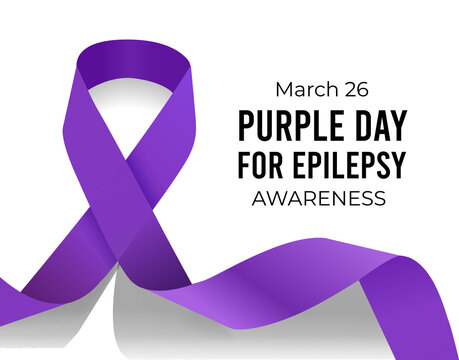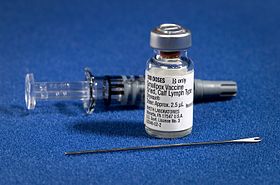World Autism Awareness DayWorld Autism Awareness Day is observed annually on April 2nd, serving as a significant day dedicated to raising awareness, fostering understanding, and advocating for the rights and inclusion of individuals on the autism spectrum. This day, recognized internationally,...
My Blog List
Welcome to MyEarthIsOne, your one-stop destination for a rich tapestry of content spanning history, biography, yoga, G.K , education, science, economics, events, awards, movies, inspirational topics and many more. Our platform is dedicated to providing you with insightful and engaging articles that cater to a wide range of interests.
Blog Search
Search This Blog
Powered by Blogger.
About Me
Showing posts with label World Disease Day. Show all posts
Showing posts with label World Disease Day. Show all posts
Tuesday, April 1, 2025
Wednesday, March 26, 2025
Purple Day: A Special Day for Epilepsy Awareness in Canada and the United States

Purple Day: A Special Day for Epilepsy Awareness in Canada and the United StatesPurple Day, observed annually on March 26, is a globally recognized awareness day dedicated to epilepsy. This special day is particularly significant in Canada and the United States, where it has gained...
Sunday, March 23, 2025
World Tuberculosis Day: A Global Call to End TB

World Tuberculosis Day: A Global Call to End TBWorld
Tuberculosis Day, observed annually on March 24th, is a global event
aimed at raising public awareness about the devastating health, social,
and economic consequences of tuberculosis (TB) and to step up efforts to
end the global...
Tuesday, March 4, 2025
Dissociative Identity Disorder Awareness Day: Understanding, Advocacy, and Support
Dissociative Identity Disorder Awareness Day: Understanding, Advocacy, and SupportDissociative Identity Disorder (DID), formerly known as Multiple Personality Disorder, is a complex psychological condition characterized by the presence of two or more distinct identities or personality states within a single individual. These identities may have their own names, histories, and characteristics,...
Sunday, February 23, 2025
1954:The first mass inoculation of children against polio with the Salk vaccine begins in Pittsburgh.

1954:The first mass inoculation of children against polio with the Salk vaccine begins in Pittsburgh.In the spring of 1954, a wave of cautious optimism swept across the United States as the first mass inoculation of children against poliomyelitis, commonly known as polio, commenced...
Sunday, February 9, 2025
International Epilepsy Day 2025: A Global Movement for Awareness, Inclusion and Action
International Epilepsy Day 2025: A Global Movement for Awareness, Inclusion and ActionObserved annually on the second Monday of February, International Epilepsy Day is a global observance that plays a pivotal role in raising awareness about epilepsy and advocating for people living...
Subscribe to:
Posts (Atom)
- Life Style
- Blog Post
- Biography
Life Style
Popular Post
Blog Post
-
Matera , Italy: UNESCO World Heritage City with Ancient...
-
Microsoft Cloud: Azure, Microsoft 365, Dynamics 365, and...
-
AlphaFold 3: Revolutionizing Protein Structure Prediction...
-
The Colosseum : A Monument to Rome's Ingenious and...
-
Jacques Tits: A Visionary Mathematician Who Revolutionized...
-
Yellowstone National Park, USA: A UNESCO World Heritage...
-
Artificial General Intelligence (AGI): Definition...
-
Unlocking the Future: Exploring AI, AGI, and APIs : A Deep...
-
AlphaFold Technology and Its Applications in Biotechnology...
-
Chidambaram Subramaniam: Architect of India’s Green...